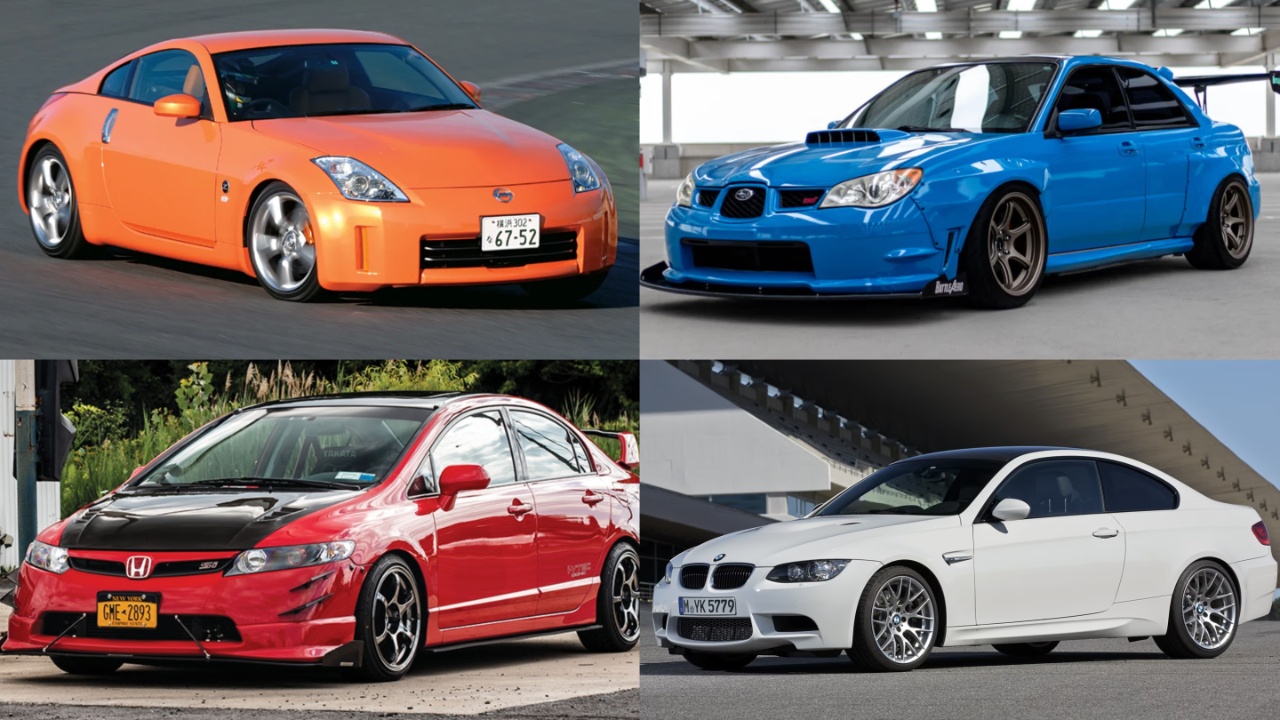The 2000s marked a transformative era for performance automobiles, a time when the love for driving often took priority over the pursuit of profit. Enthusiast cars were designed with raw emotion, minimal interference from electronic aids, and a devotion to the driving experience.
From Japanese sports coupes to European performance sedans, automakers poured soul into their creations. Compared to today’s offerings—plagued by digital disconnection and corporate utilitarianism—the cars from this era stand as visceral monuments to an analog age.
With modern sports cars striving to blend comfort, safety, and tech, it’s hard not to look back and appreciate what we once had.
1. Mazda NC Miata: An Affordable Roadster Icon
The third-generation Mazda MX-5 Miata, or NC2, is often overlooked, yet it stands tall as a back-to-basics sports car. Equipped with a 2.0-liter inline-four producing 167 horsepower, it maintains the lightweight, rear-wheel-drive formula that made Miatas beloved.
While lacking the polish of the current ND Miata, the NC offers a remarkably similar driving experience at a much lower price. With the 2009 facelift, styling became more appealing, though Bluetooth and creature comforts were minimal.
Still, its driving purity, balance, and affordability make it a compelling choice for purists who want a fun weekend car without breaking the bank.
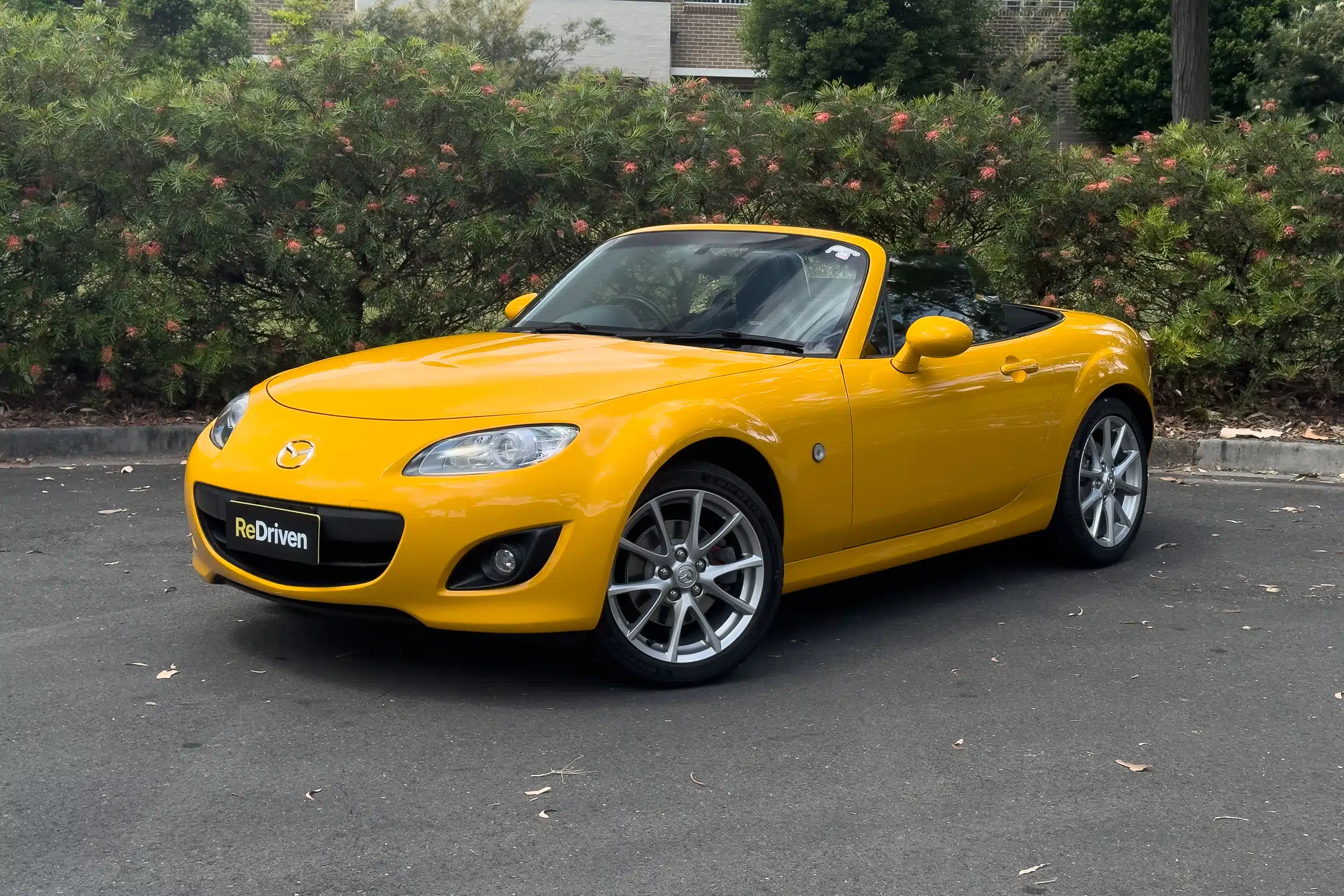
2. Honda Civic Si (FA5): The High-Revving Hero
The 2006–2011 Honda Civic Si (FA5) marked the last time Honda equipped a Civic with a naturally aspirated, high-revving K20Z3 engine capable of spinning past 8,000 rpm. Delivering 197 horsepower, the FA5 was a front-wheel-drive gem that offered a nimble chassis and one of the best manual transmissions in the industry.
While the modern Civic Si may be more refined and efficient, it lacks the spirited character of its predecessor. With its VTEC-laced scream, the FA5 Civic Si is fondly remembered as one of the last naturally aspirated Hondas to truly celebrate rev-happy driving.
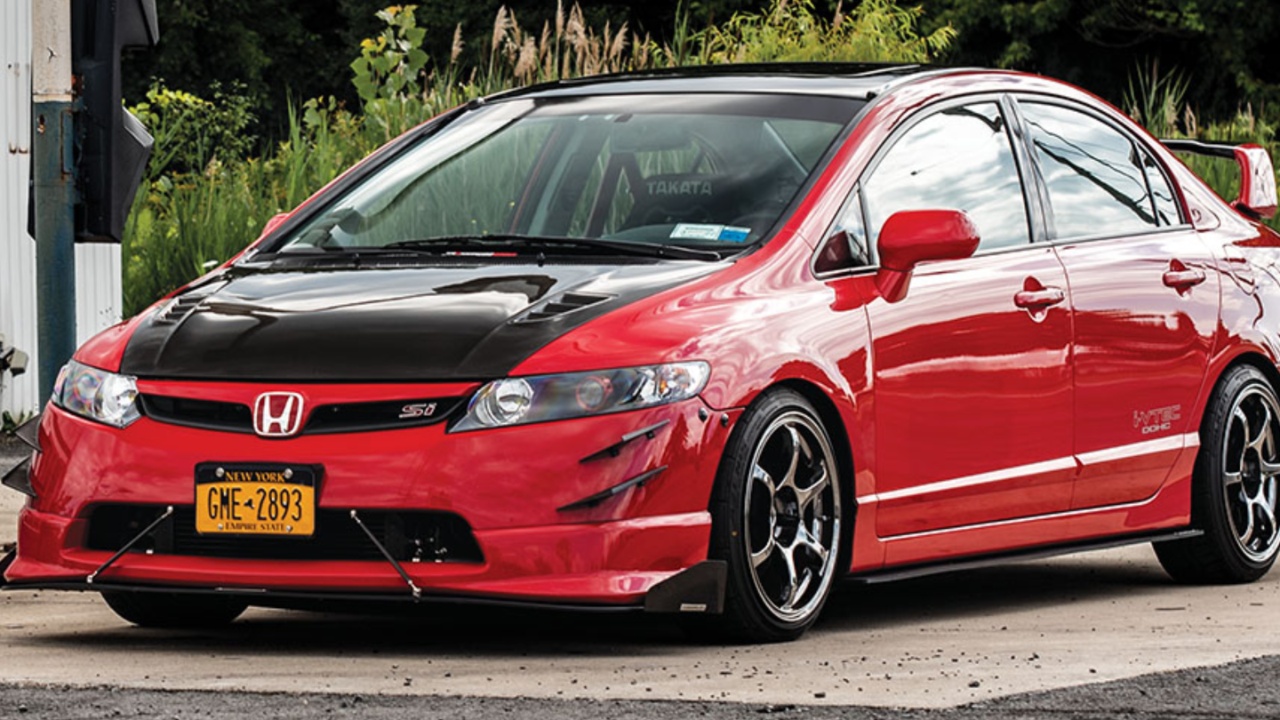
3. Volkswagen Golf R32: Hot Hatch Hall of Fame
The Mk4 Volkswagen Golf R32 arrived as a hot hatch marvel, long before the genre gained its current popularity in the U.S. Packing a 3.2-liter VR6 engine with 238 horsepower, it also featured all-wheel drive and came with either a manual or early dual-clutch transmission.
Unique, stylish, and boasting an exhaust note unmatched by any Golf since, the R32 was a pioneer. Although the modern Golf R is faster and more efficient, the R32’s charm lies in its simplicity, character, and analog spirit. Its rarity, especially in Deep Blue Pearl paint, and powerful engine make it a true cult favorite.
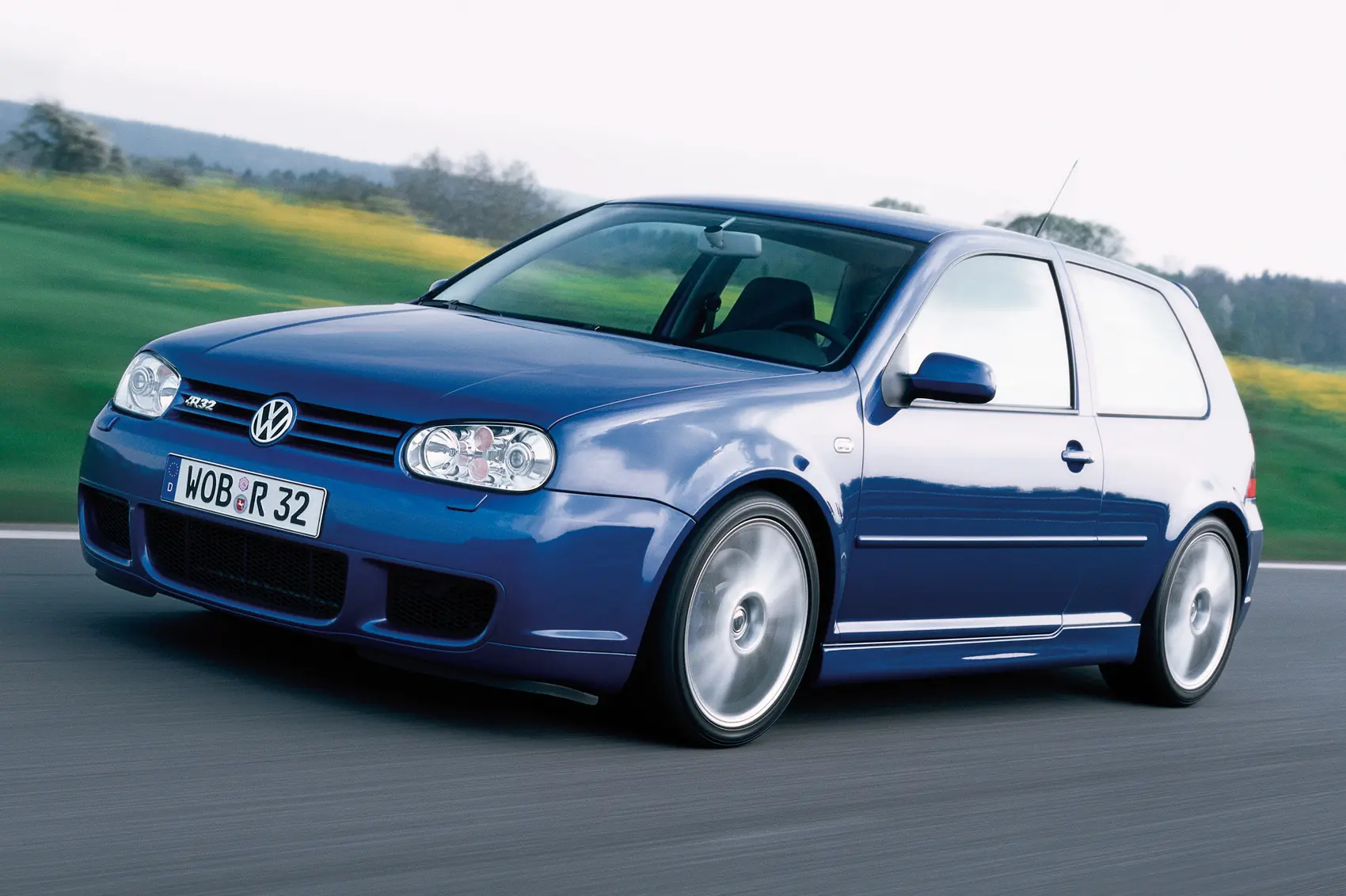
4. Subaru WRX STI (Hawkeye): Rally DNA Refined
The “Hawkeye” Subaru WRX STI, sold from 2006 onward, represented the final evolution of the second-generation STI and featured the potent 2.5-liter EJ257 engine with 293 horsepower.
This model retained its rally-bred roots with all-wheel drive, a manual transmission, and a visceral driving feel. Later STI generations became heavier and more diluted, sticking with the same engine but losing their rawness.
In contrast, the Hawkeye was sharp, responsive, and brimming with mechanical feedback. Though imperfect, it remains the last STI that felt truly aligned with Subaru’s motorsport heritage before emissions regulations and consumer comfort began to dominate priorities.

5. Nissan 350Z: Pure Performance on a Budget
Nissan’s 350Z, particularly post-2007 models with the HR engine, delivered a punchy 3.5-liter V6 with 306 horsepower and rear-wheel drive dynamics. It stood as a pure, honest sports car in the 2000s and offers tremendous value on the used market today.
While the new Nissan Z offers more power and refinement, its inflated price and limited availability make the older 350Z a much more attainable alternative.
Lacking modern tech but overflowing with character, the 350Z remains a tuner’s dream with vast aftermarket support. For those who seek driver engagement and balance over gadgets, the 350Z is a rewarding throwback.
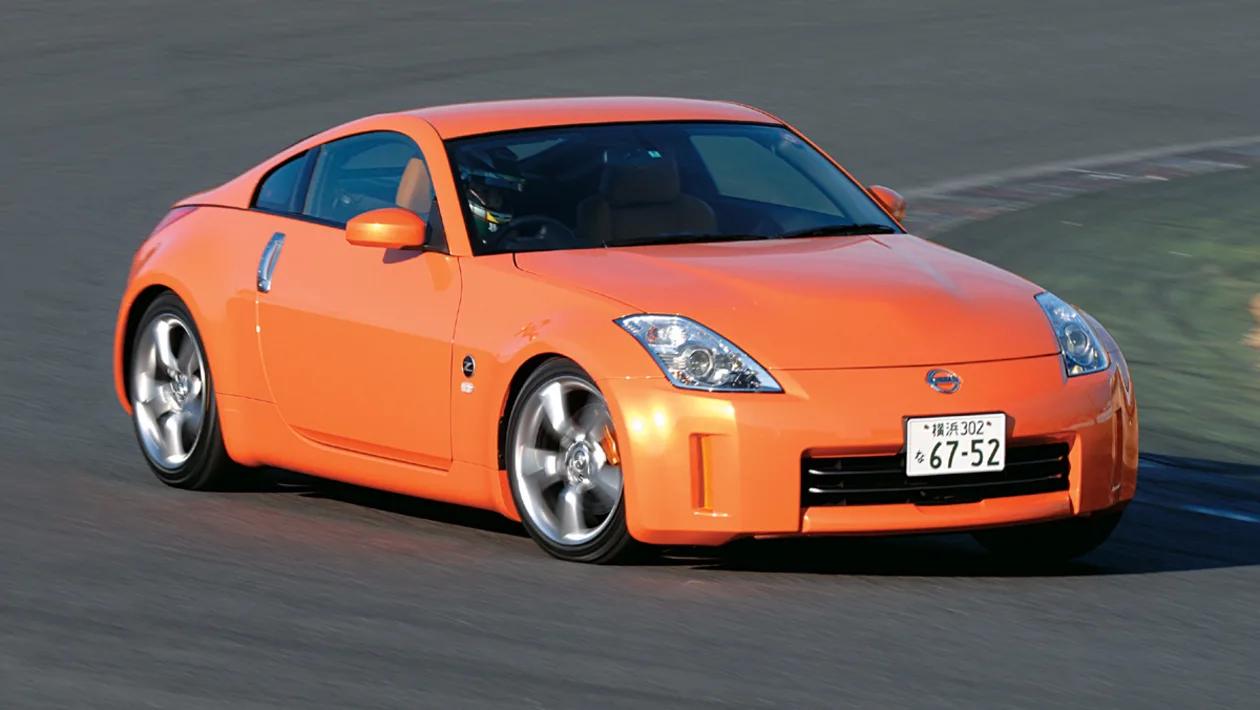
Also Read: 10 Best First Cars for New Drivers and 5 to Avoid
6. BMW Z4 M Coupe (E86): A Rare German Gem
The BMW Z4 M Coupe (E86) is one of the rarest and most beloved M cars ever made. With its naturally aspirated 3.2-liter inline-six engine producing 330 horsepower, rear-wheel drive, and a slick 6-speed manual, this fastback coupe prioritized performance over luxury.
Its iconic S54 engine and hydraulic steering offered feedback that’s nearly extinct today. Unlike the current Z4, which leans toward plushness, the E86 embodied BMW’s motorsport DNA.
Limited production numbers, timeless styling, and a razor-sharp chassis have made the Z4 M Coupe a collector’s item and a benchmark for what BMW used to stand for.
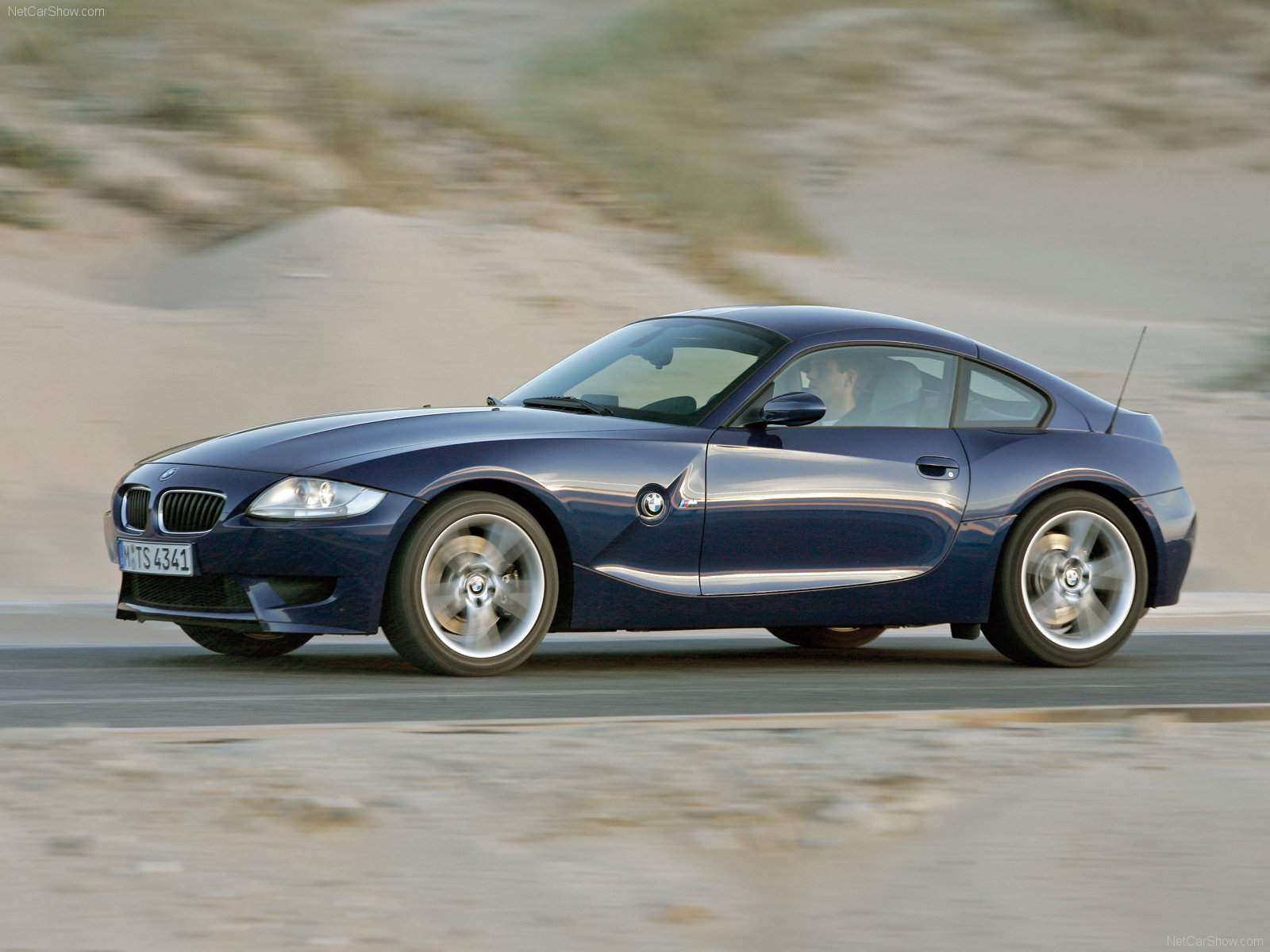
7. BMW M3 (E46): The Purist’s M Car
The E46 BMW M3 is widely considered the pinnacle of the M3 lineage. Its 3.2-liter naturally aspirated inline-six delivered 333 horsepower and a spine-tingling redline, making it both sophisticated and aggressive.
The E46 combined a balanced chassis, refined design, and raw driver feedback in a way few cars have replicated. Modern M3s may boast more power and technology, but they often lack the E46’s analog charm.
Whether tackling winding canyon roads or attacking corners on a track, the E46 M3 stands as a true icon of the 2000s. While upkeep can be expensive, the sheer driving pleasure it provides makes every penny and hour spent worthwhile.
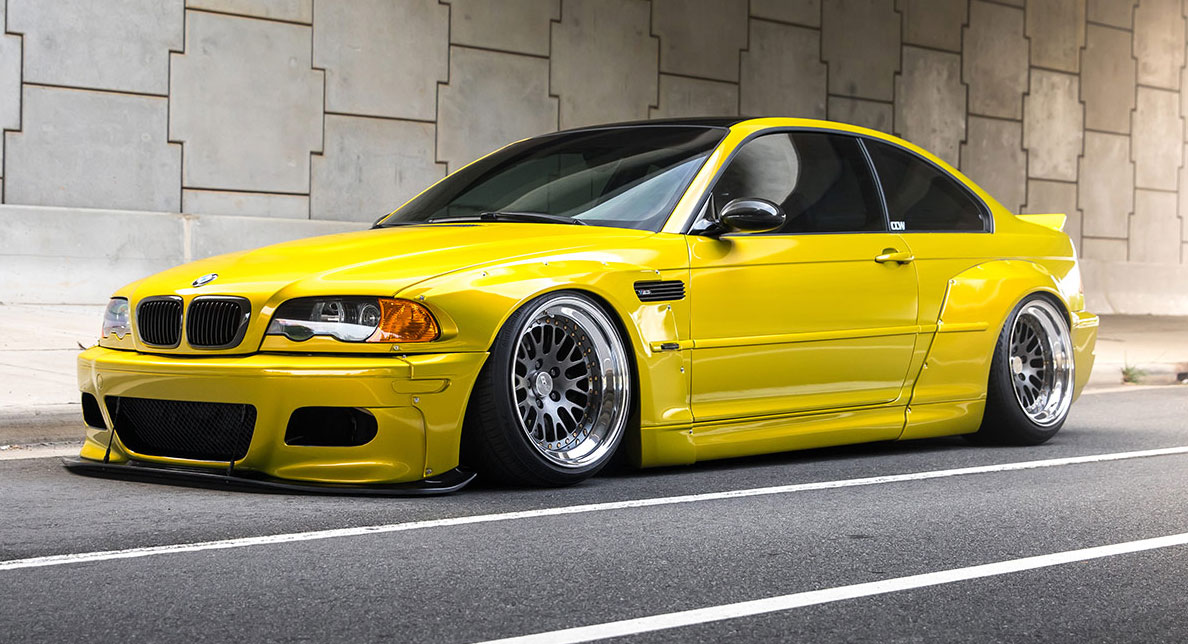
8. Chevrolet Corvette (C5 Z06): American Muscle Refined
Chevy’s C5 Corvette Z06 brought a revolution to American sports cars with its 405-horsepower LS6 V8 and lightweight platform. It was track-ready yet road-friendly, offering immense performance at a relatively modest price.
Though its interior was uninspiring, everything else—from its acceleration to its cornering ability—set new standards. Even today, it’s capable of holding its own against newer models.
In an era where the C8 commands high prices and complexity, the C5 Z06 remains a performance bargain. Raw, reliable, and incredibly tunable, it’s a poster child for how American engineering evolved during the 2000s to challenge global competitors.
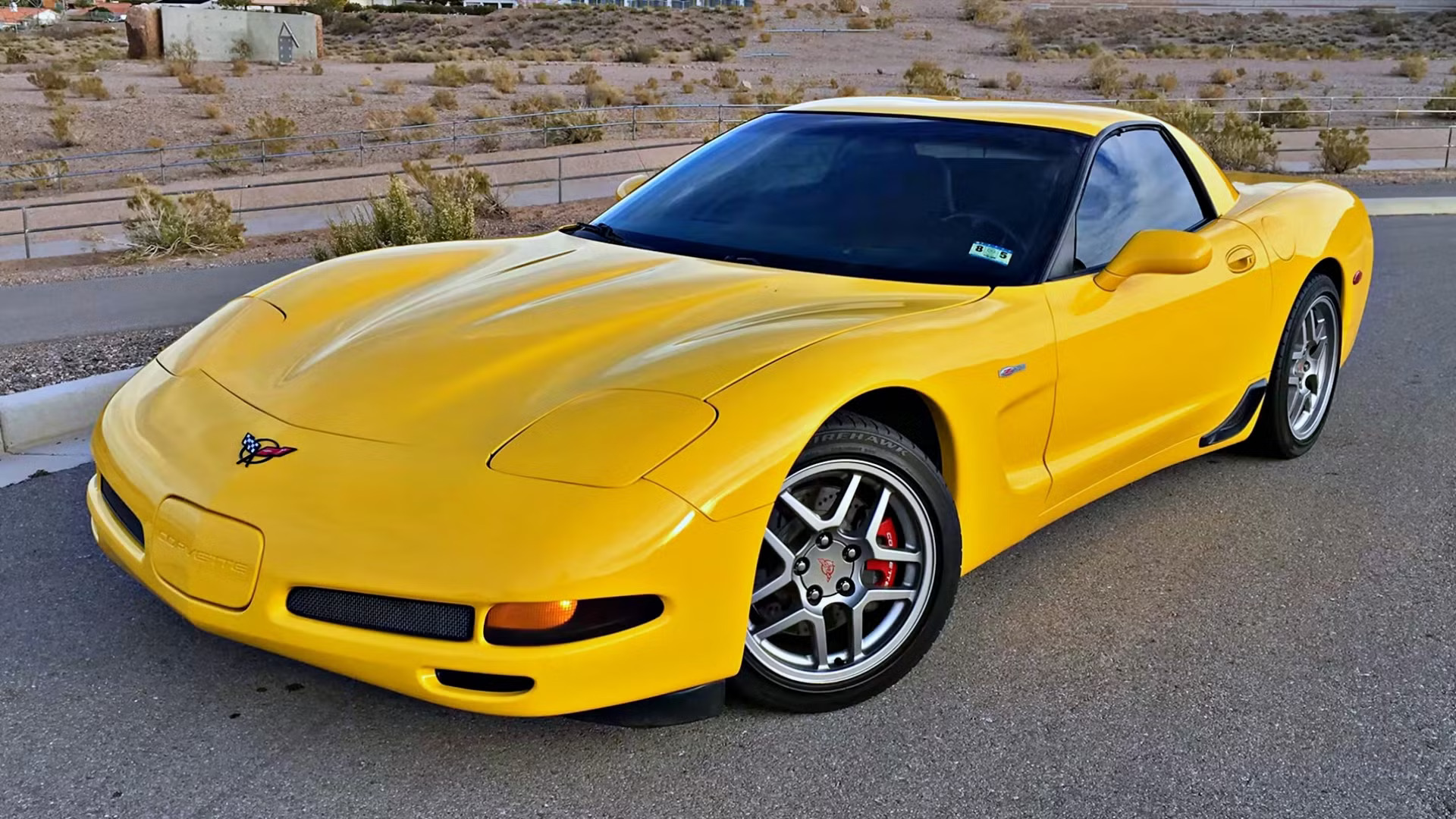
9. BMW M3 (E90/92): The V8 Legacy
The E90/E92 BMW M3, powered by a screaming 4.0-liter V8 S65 engine, was a bold departure for the M division. With 414 horsepower and an 8,400-rpm redline, this M3 was both a high-revving joy and a technological leap forward.
It was the only V8-powered M3 ever made, blending old-school performance with modern touches like dual-clutch gearboxes and improved chassis rigidity. Though newer M3s are quicker, few match the emotional thrill of this generation.
Hydraulic steering, linear power delivery, and a balanced ride made it the perfect bridge between analog purity and digital advancement, firmly securing its place in M history.
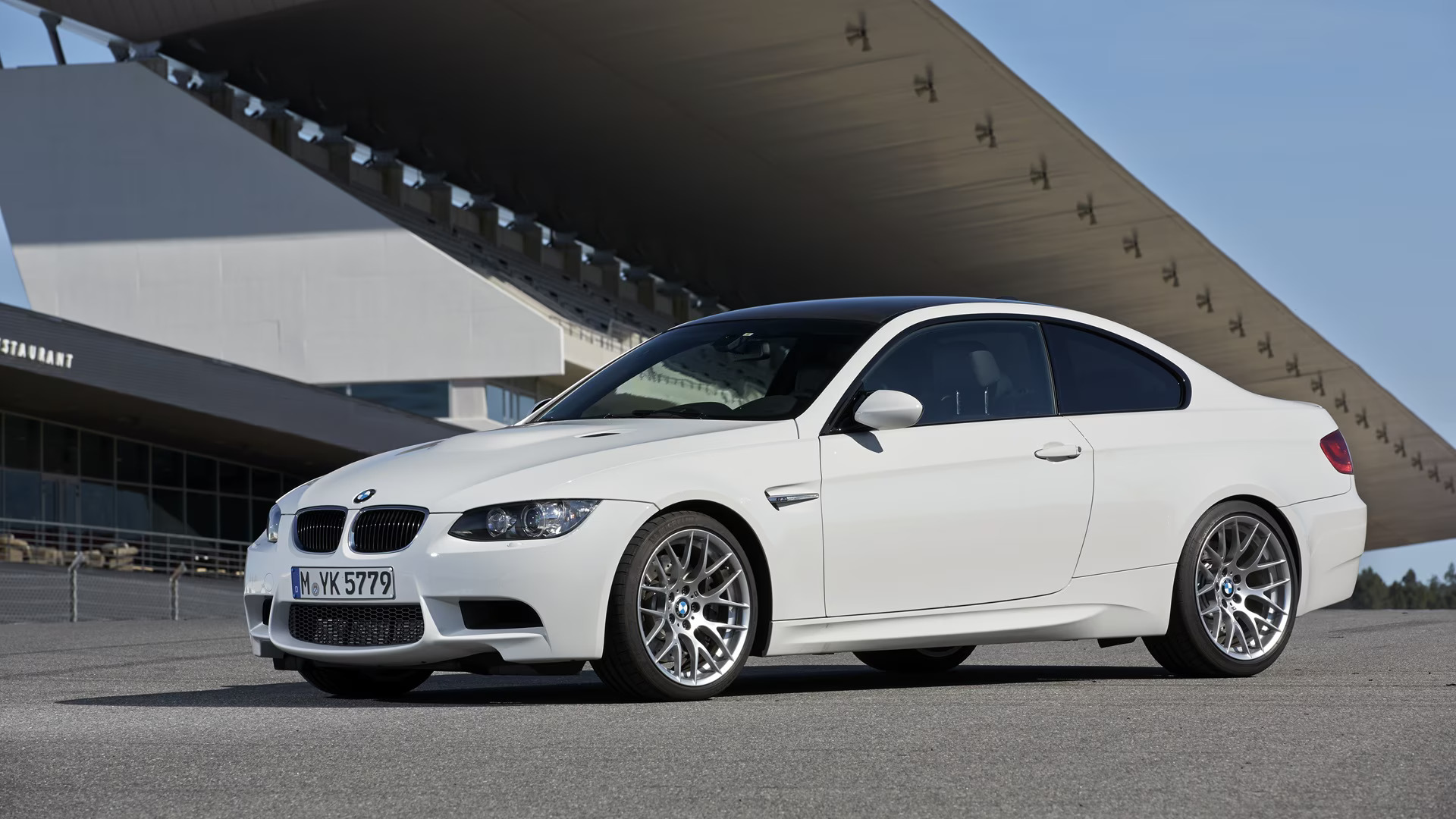
10. Chevrolet Corvette Z06 (C6): Peak V8 Perfection
The C6 Corvette Z06, featuring a monstrous 7.0-liter LS7 engine with 505 horsepower, remains one of the most powerful naturally aspirated engines in a production car. Its performance was astonishing for the price, with a lightweight body, racing-derived technology, and a raw driving experience.
While the new C8 Z06 offers more power and tech, the C6’s visceral appeal and affordability give it lasting value. For enthusiasts who want straight-line speed, handling prowess, and mechanical simplicity, the C6 Z06 is a no-brainer. It’s arguably one of the last true analog American supercars before the Corvette line went fully digital.
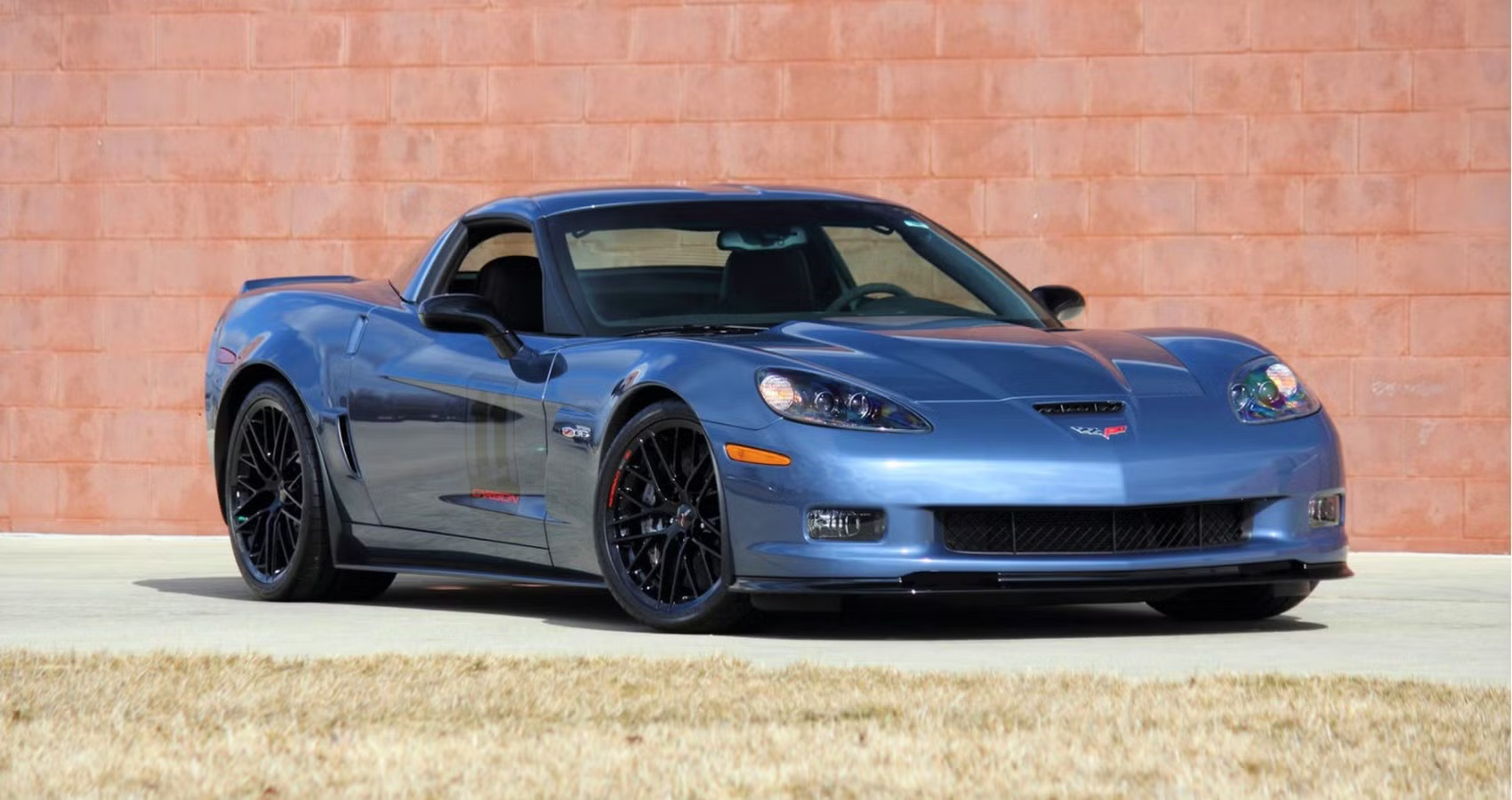
The 2000s produced a unique blend of analog excellence and mechanical purity in performance cars that’s unlikely to return. Whether Japanese icons, German precision machines, or American muscle monsters, this era prioritized the driver above all.
While newer cars may outperform these classics on paper, few can match the raw emotional connection they offer.
From redlining naturally aspirated engines to feeling every bump and turn through unfiltered steering, these cars remind us of what driving used to mean. As automotive technology surges ahead, we’re lucky the used market still lets us experience that golden era, one gearshift at a time.
Also Read: 10 Cars Great for Road Trips and 10 Cars to Avoid

